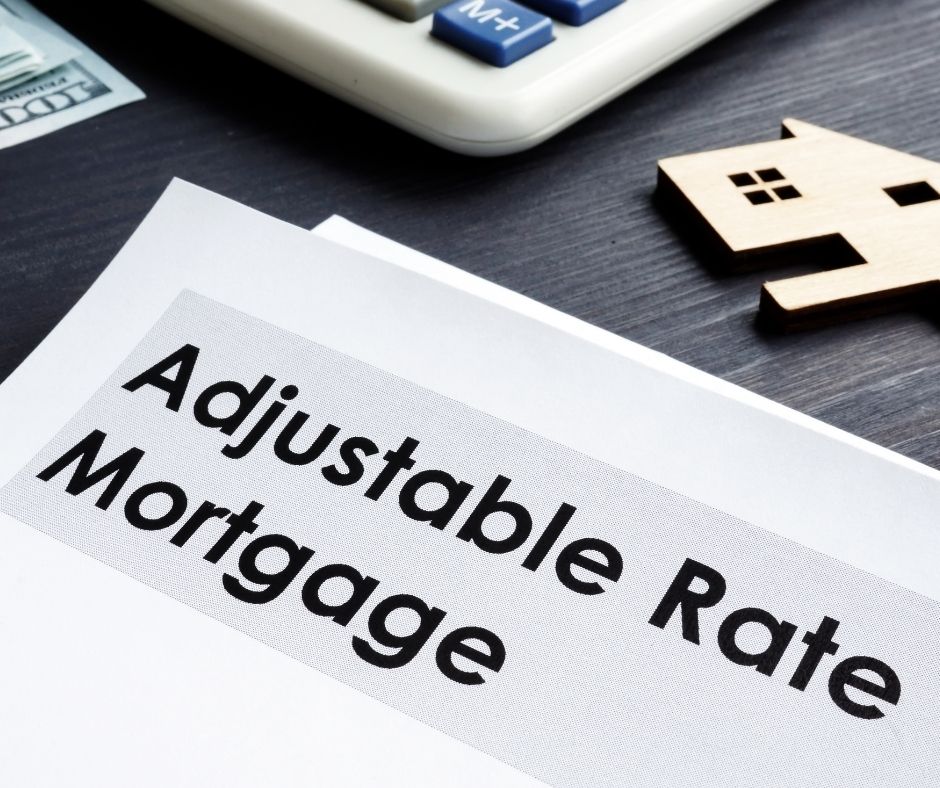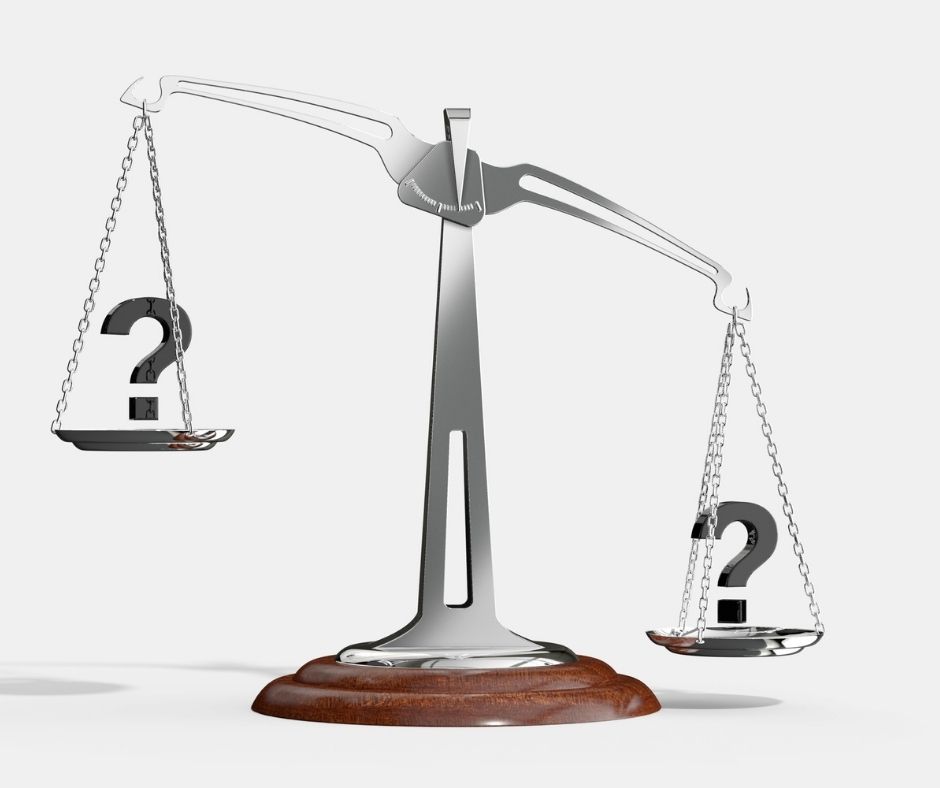
What is an Adjustable Rate Mortgage?
An adjustable rate mortgage (ARM) is a mortgage that’s interest rate does not remain the same throughout the life of the loan.
What is the Difference between an ARM and a Fixed-Rate?

Simply put, a fixed rate mortgage will have the same interest rate for the full term of the loan while an ARM’s rate will fluctuate at set time periods based on the state of the market. With an ARM, the rate could go up or down but there is generally a limit on how much the rate can change over the span of the loan.
How Does an ARM work?
Most ARMs have an initial note rate that is fixed for a period of time… usually 5 or 7 years. After the initial fixed period, your mortgage interest rate would change based on market conditions. If rates have increased when you fixed period of time is up, your rate will go up. It’s important to pay attention to the “caps” on your loan because these caps indicate how much your mortgage rate can change after the initial fixed period.
When referencing timeline, the initial period of time is usually written with a slash and then the frequency the rate can change after that time. For instance, for an ARM that is fixed for the first 7 years and then can update annually, it would be a 7/1 ARM.
Caps are referenced similarly with three numbers. If your 7/1 ARM has a 5/2/5 cap structure, that means that for the first 7 years, your rate remains the same. Then, on the 8th year, your rate can increase by a maximum of 5 percentage points above the initial interest rate. Every year thereafter, your rate can adjust a maximum of 2 percentage points, but your interest rate can NEVER increase more than 5 percentage points over the life of the loan.
Why Choose an ARM?

The main reason why people consider ARMs is because they often carry a lower interest rate than fixed-rate loans. The risk is that the rate on your ARM could go up in the future, after the initial fixed period. Keep in mind that a 7-year intermediate-term ARM typically makes sense if your time horizon is 9 years or less. That’s because you’re saving money vs. a fixed-rate mortgage for 7 full years, and you’re still ahead of the game even if your rate goes up in years 8 and 9.
When considering your timeline, keep in mind that most people move or refinance within 7-8 years of buying a house. Your timeline could be shorter or longer than that based on your objectives.
I have an ARM and would like to refinance. What are my options?
- Refinance into another 5 or 7-year ARM.
Short-term interest rates are sure to be volatile over the next few years as the Fed starts hiking interest rates. That said, intermediate-term ARMs typically carry a fixed period of 5 or 7 years. This means you could lock in your interest rate and monthly payments for 5 or 7 years without paying the higher rate associated with traditional fixed-rate mortgages. This would extend your fixed period and protect you against rising interest rates in the months and years ahead. Keep in mind that a 7-year intermediate-term ARM typically makes sense if your time horizon is 9 years or less. That’s because you’re saving money vs. a fixed-rate mortgage for 7 full years, and you’re still ahead of the game even if your rate goes up in years 8 and 9.
2. Refinance into a fixed-rate mortgage.
If you want to extend your fixed period for longer than 7 years, you may want to refinance into a fixed rate mortgage. Although rates have started to move higher, it’s very likely that fixed interest rates today could be lower than what they were when you first got your ARM. This is probably worth considering now so that you don’t miss your chance as rates continue to move higher.
3. Take out some of your equity with a cash-out refinance.
Home values have skyrocketed in recent years and 42% of homeowners have home equity that’s double their current mortgage balance (your home value MINUS your mortgage balance = your home equity). A “cash-out refinance” allows you to tap into the equity of your house and borrow against the additional equity you’ve gained. You could potentially refinance into another ARM with a 5-7 year fixed period, or into a fixed-rate mortgage. Interest rates are still low, so chances are your monthly payment could be comparable to what you’re paying now. You could use the additional funds for any purpose, including:
- Consolidate other debt that may carry a higher interest rate
- Make home improvements
- Prepare for a large upcoming expense
Rule of thumb: A 7-year A 7-year intermediate-term ARM typically makes sense if your time horizon is 9 years or less.
